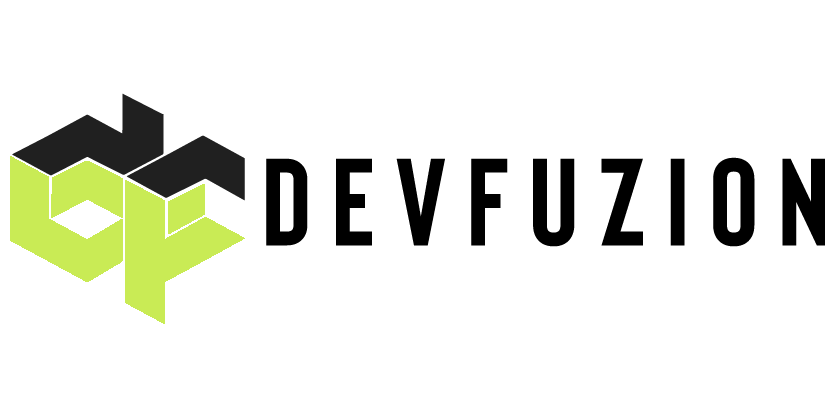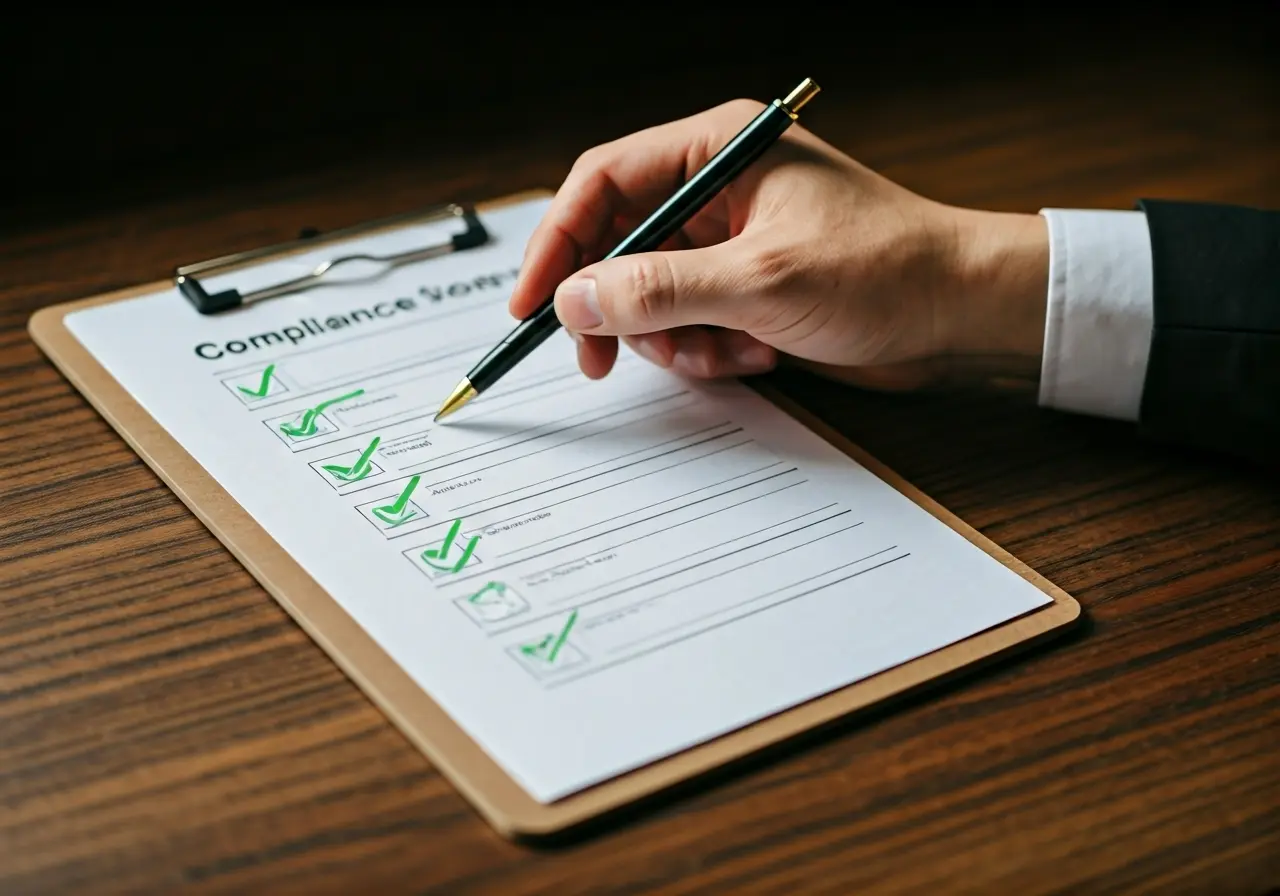Navigating the seas of compliance can be daunting, but with the right approach, it can become manageable and even insightful. In this blog, we’re diving into the heart of what makes a compliance assessment truly effective, breaking it down into ten key elements that can guide your efforts to success.
1. Understanding the Scope
Before diving into details, it’s essential to define the scope clearly. This ensures that all necessary areas are covered without wandering off into irrelevant territories. A well-defined scope sets the boundaries within which the assessment must operate, allowing the team to focus their efforts productively. Establishing parameters early on can prevent scope creep, which often leads to wasted resources and time. Furthermore, having a lucid scope helps in communicating the objectives and expectations clearly to all stakeholders involved, keeping everyone aligned with the assessment goals.
Once the scope is set, it’s vital to revisit it periodically throughout the assessment process. This ensures that the focus remains intact, and any necessary adjustments are made as new information arises. This iterative approach not only fine-tunes the assessment but also allows for flexibility in dynamic environments. Understanding the scope is the first step towards mounting a sustainable and successful compliance strategy. It’s about laying a solid foundation on which the rest of the process is built, ensuring every subsequent step is guided by well-defined goals and parameters.
2. Building a Team
As the old adage goes, ‘Teamwork makes the dream work.’ Building the right team for a compliance assessment is crucial; it requires individuals who can contribute diverse perspectives and unique expertise. This diversity fosters innovative solutions by drawing on the various backgrounds and experiences of team members. Whether it’s a legal expert, a data analyst, or a risk management professional, each member plays a critical role in addressing the multifaceted nature of compliance.
In developing your team, prioritize communication and collaboration skills alongside technical expertise. Effective compliance assessments rely on the seamless exchange of information and ideas, ensuring that everyone operates effectively together. Encourage regular check-ins and feedback sessions, creating a culture where open dialogue is the norm. This not only enhances the team’s cohesion but also enables continuous learning and adaptation in an ever-evolving regulatory landscape. Creating the right team sets the stage for a thorough and insightful compliance assessment process.
3. Conducting a Risk Assessment
Identifying risks early on lays the foundation for a detailed compliance strategy, helping prioritize areas that need the most attention. Risk assessments are crucial because they provide a comprehensive view of potential vulnerabilities within an organization. This step involves analyzing various factors, including market dynamics, operational processes, and legal requirements, to pinpoint where the greatest risks reside.
An effective risk assessment not only highlights areas of concern but also aids in the development of mitigation strategies. By prioritizing risks, an organization can allocate its resources more efficiently, directing efforts toward high-risk areas that are most likely to impact compliance. Furthermore, a thorough risk assessment provides a foresight into emerging threats, enabling proactive measures that safeguard the organization’s compliance standing. Viewing risk assessment through this proactive lens transforms it from a mere formality into a vital part of strategic planning.
4. Data Collection and Analysis
Accurate data is the backbone of any assessment. Collect, organize, and carefully analyze data to inform your compliance strategies effectively. The data collection phase is where raw inputs are gathered from various sources, including operational records, audits, and stakeholder interviews. It’s essential to ensure that this data is both accurate and relevant, forming a reliable basis for further analysis.
Once collected, the analysis phase transforms raw data into actionable insights. Using sophisticated tools and methodologies, organizations can uncover patterns and trends that may impact compliance. Being data-driven in compliance not only assists in immediate decision-making but also strengthens long-term strategic planning. As technology evolves, leveraging advanced data analytics becomes increasingly essential, turning vast streams of data into a powerful ally for maintaining and enhancing compliance efforts.
5. Establishing Clear Procedures
Clearly defined procedures ensure consistency and adherence across your compliance activities, simplifying training and execution. Clear procedures provide a roadmap for action, outlining the steps and processes necessary to achieve compliance. This clarity is vital for maintaining uniformity across the board, ensuring that every employee understands their role in the compliance process.
Having documented procedures serves as a reference point for training new staff and upskilling existing personnel. With clear instructions, the learning curve is minimized, allowing teams to become proficient swiftly. Additionally, procedures act as a guide during audits or reviews, demonstrating a consistent adherence to compliance guidelines. Ultimately, establishing such procedures builds a stable framework within which compliance efforts can flourish, reducing risks of non-compliance and enhancing overall efficiency.
6. Training and Education
Regular training sessions keep your team updated and compliant with new regulations, ensuring everyone is on the same page. Training is pivotal in embedding a culture of compliance within an organization. Through education, employees become familiar with both the importance of compliance and the specific protocols necessary to maintain it.
Investing in ongoing education not only prepares staff for current regulations but also equips them with the tools to anticipate and adapt to future changes. This forward-thinking approach positions your organization to seamlessly integrate new compliance standards. Moreover, training should be interactive and engaging, utilizing various formats such as workshops, e-learning modules, and simulations to maximize retention and engagement. An informed workforce is a compliant workforce, one that is capable of upholding the organization’s standards amidst a dynamic regulatory environment.
7. Effective Communication
Open lines of communication facilitate better reporting and faster resolution of compliance issues, fostering a culture of transparency. Transparent communication within an organization is crucial for uncovering and addressing potential issues swiftly. This requires cultivating an environment where employees feel empowered to speak up about compliance concerns without fear of retribution.
Furthermore, effective communication extends to external stakeholders, including regulators, clients, and partners. Maintaining clear communication channels with these parties reinforces trust and fortifies compliance efforts. By articulating compliance objectives and achievements externally, organizations can build a positive reputation, enhancing their standing within their industry. Ultimately, a robust communication strategy ensures that compliance becomes a collaborative effort rather than a siloed task, unifying all levels of the organization in pursuit of common goals.
8. Regular Monitoring
Continuous monitoring helps to keep your compliance strategy agile, allowing for quick adjustments in response to new risks or regulations. Regular monitoring forms a continuous feedback loop that informs and refines compliance efforts. By maintaining a close watch on operational processes, organizations can identify deviations from compliance protocols promptly, mitigating risks before they escalate.
Monitoring should be both systematic and strategic, using a combination of automated tools and manual oversight to capture a comprehensive view of compliance standing. This dual approach ensures that while technology handles routine checks, human oversight can focus on more complex, nuanced issues. Regular monitoring not only ensures day-to-day compliance but also prepares organizations to evolve alongside regulatory changes, sustaining compliance excellence in a rapidly changing landscape.
9. Documenting Everything
Thorough documentation acts as evidence of compliance and helps in maintaining systematic records that can be referred to in the future. Documentation is a cornerstone of transparency and accountability in compliance efforts, providing a written account of actions, decisions, and processes.
Keeping detailed records not only substantiates compliance activities but also aids in internal audits and regulatory inspections. Well-organized documentation simplifies traceability, thereby facilitating swift and efficient responses to compliance inquiries. Additionally, it acts as a learning tool, revealing insights into past practices that can inform future strategies. Thus, diligent documentation supports an organization’s commitment to compliance, reinforcing its standing as a credible and reliable entity.
10. Review and Improvement
Regular reviews help identify areas for improvement, enabling your organization to enhance its compliance processes continually. The process of reviewing compliance strategies and their outcomes is vital for achieving lasting success. By evaluating past performance, organizations can pinpoint weaknesses within their compliance framework and uncover opportunities for enhancement.
Engage stakeholders in the review process to solicit diverse feedback, fostering a culture of continuous improvement. This inclusive approach not only empowers employees but also leverages their insights to build stronger, more resilient compliance structures. Furthermore, using key performance indicators (KPIs) enables organizations to set clear benchmarks for improvement, translating feedback into tangible actions. This cycle of review and enhancement transforms compliance from a static requirement into a dynamic process that evolves with the organization’s needs and the regulatory environment.



